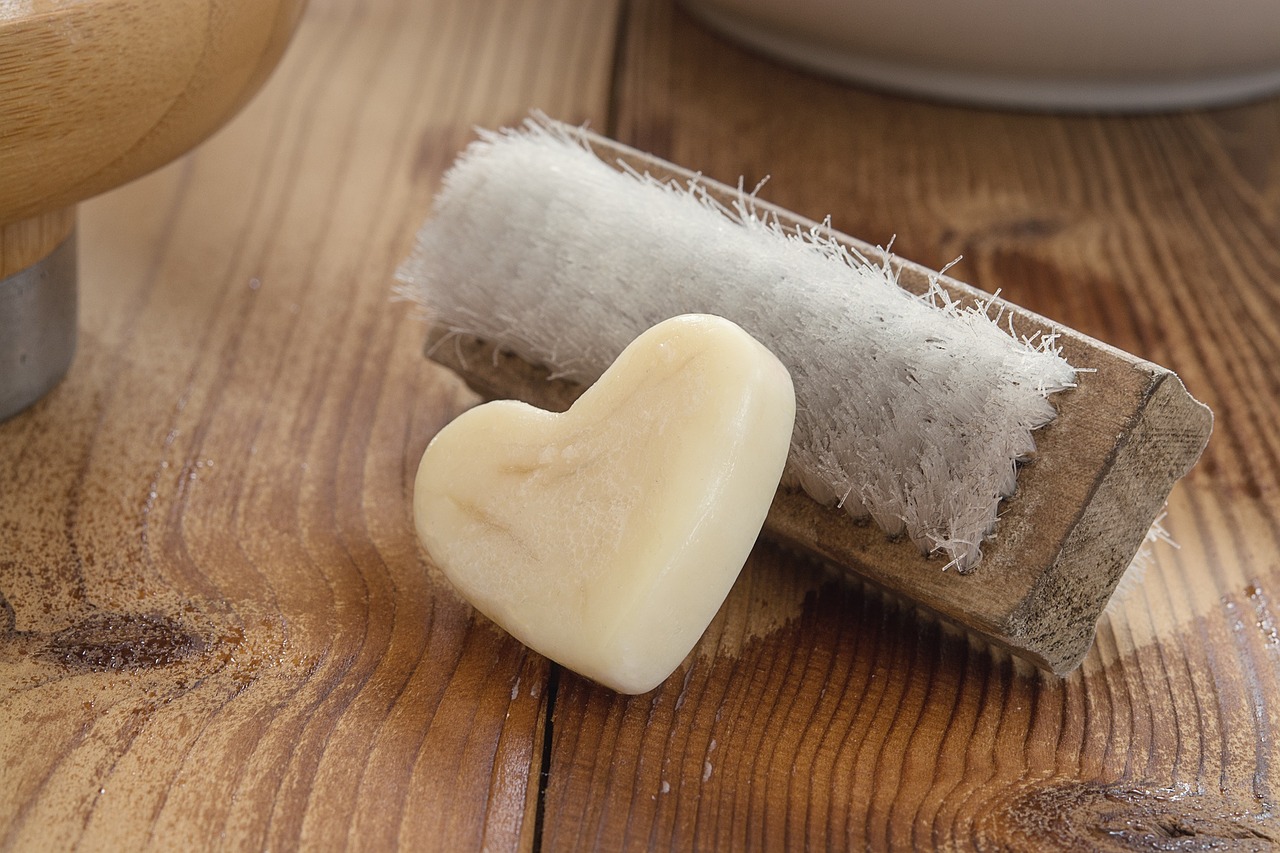
Are You Using Your Exfoliator Properly?
Is your exfoliator helping or hurting your skin?
By removing dead skin cells and making room for a glowing complexion, exfoliation is a regular part of many people’s beauty routines. Scrub too much, though, and you’ll end up with shine, swelling, inflammation, and more acne than you bargained for.
Here’s how to know if you’re overdoing it on the face scrubs and loofahs, and how to properly incorporate exfoliation into your skin care routine.
Signs of Over-Exfoliation
While removing some dead skin is healthy, there’s always the risk of going too deep. Hyper-intense scrubbing will eliminate an important barrier of healthy skin cells, causing inflammation and swelling. Another drawback? This layer of cells also protects you from breakouts. In addition to pimples and swelling, shininess may arise from smoothing out your skin’s natural texture to an unhealthy degree.
With this in mind, pay attention to your complexion once you begin exfoliating regularly. If you’ve been experiencing swelling, redness, puffiness, or breakouts, you may be scrubbing too intensely. If this is the case, simply stop exfoliating and reintroduce the habit into your routine after your skin has healed.
This time, though, make sure you’re following the correct steps for healthy exfoliation.
Proper Exfoliation
- Different skin types call for different exfoliators, so be sure that you’re buying the correct exfoliating product. Those with sensitive skin should stay away from especially gritty products, and the acne-prone should look for exfoliators with hydroxy acids to break down pore-clogging cells. In addition, be sure your exfoliator is area-appropriate. While body scrubs’ large, coarse granules are perfect for skin below the neck, they’re far too rough for the face.
- Before exfoliating, locate rough, dry patches of skin where texture is uneven. These are your target spots.
- Twice a week before bed, splash warm water onto your face and get ready to scrub. Use gentle, upward and circular motions, focusing on those problem areas. Above all, don’t scrub too vigorously.
- Follow your exfoliation up with a face wash and moisturizer so your skin can recuperate and repair overnight.
- After exfoliating a few times, see how your skin reacts. This will help you determine how often you should be exfoliating. But here’s one golden rule: you should never be exfoliating every day.
Is your store-bought exfoliator simply not cutting it? Talk to a dermatologist today for advanced solutions to your skincare needs.








No Comments
Sorry, the comment form is closed at this time.